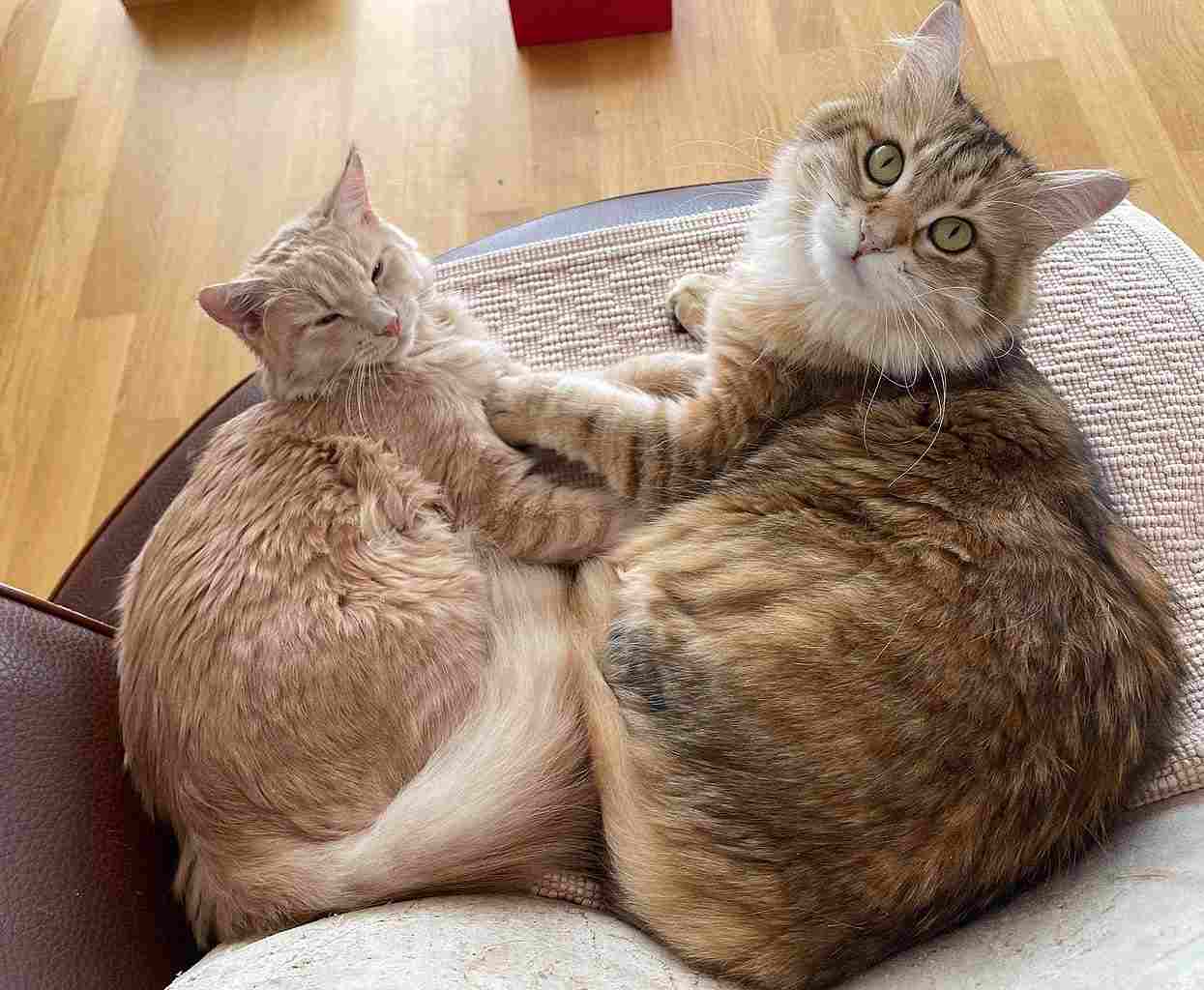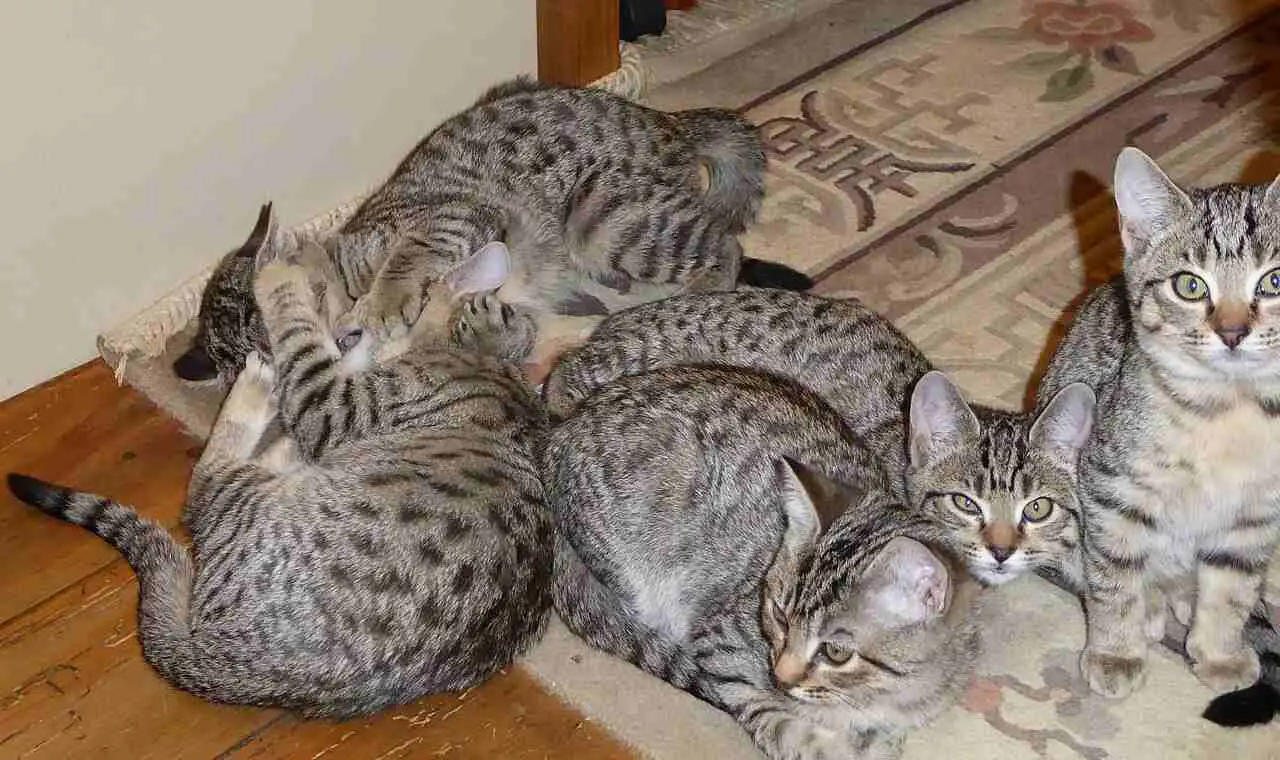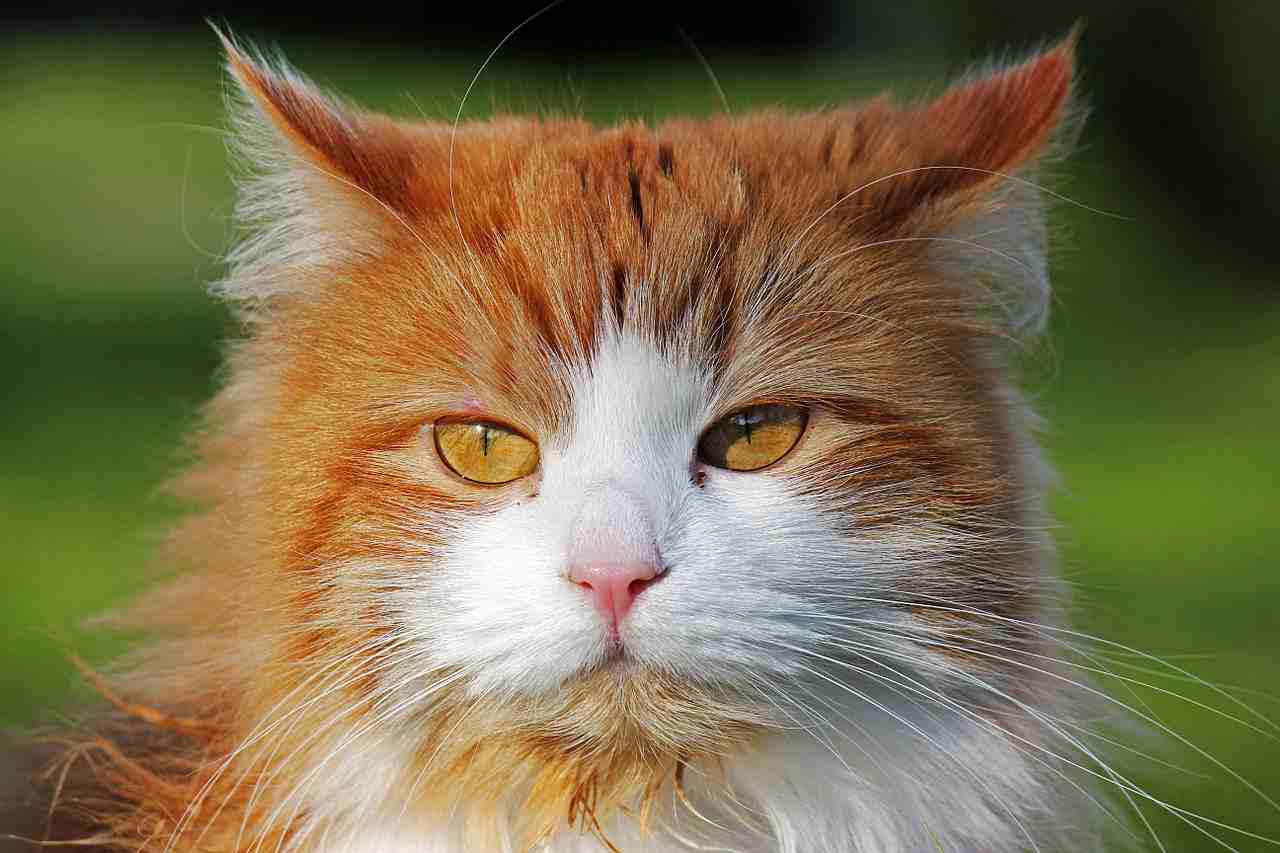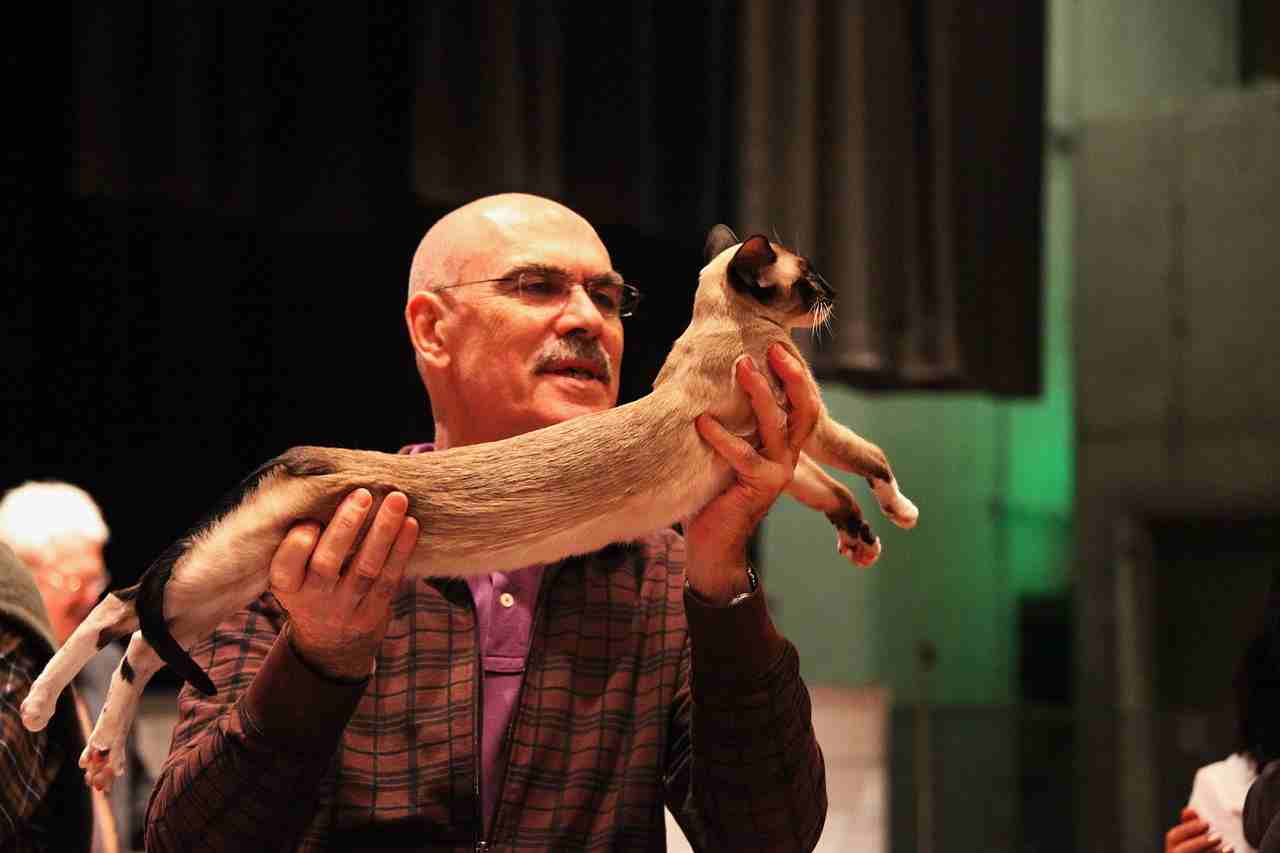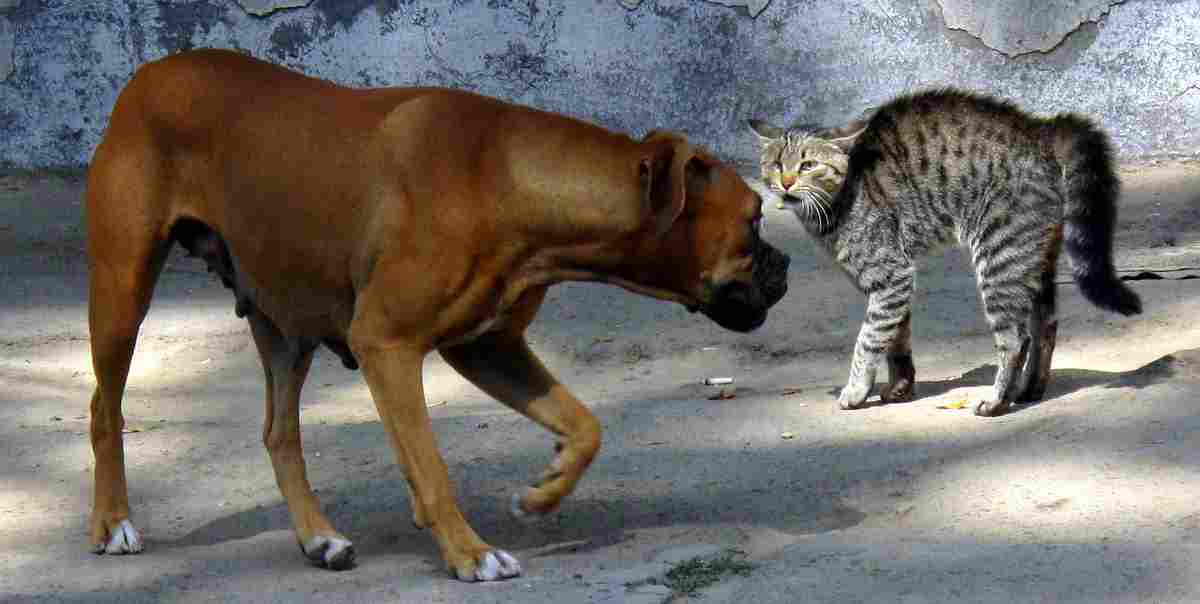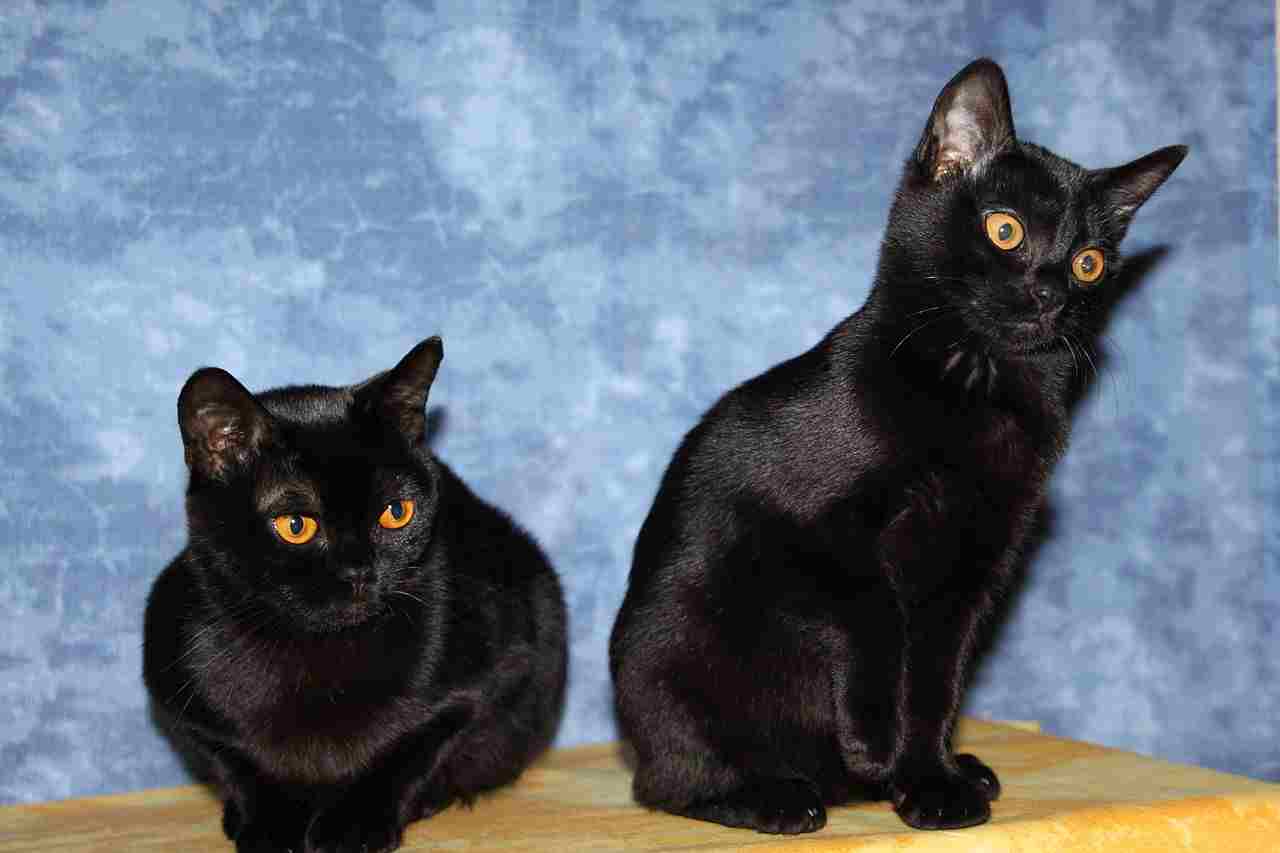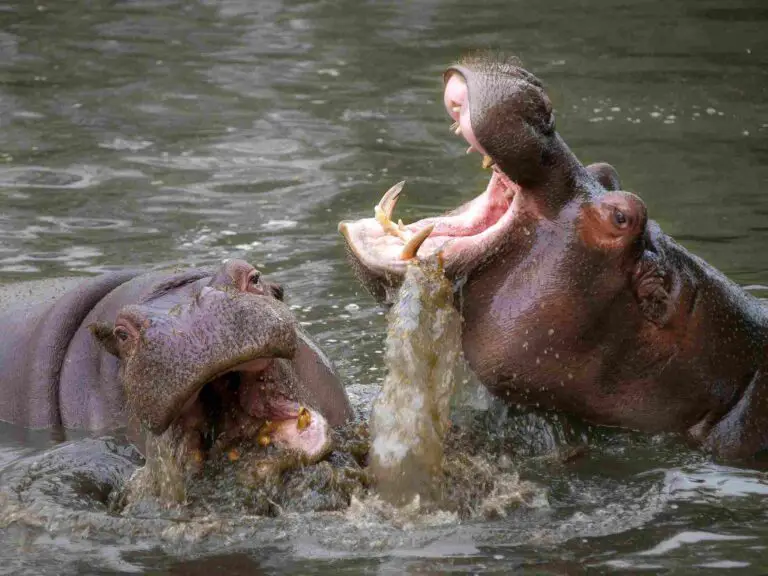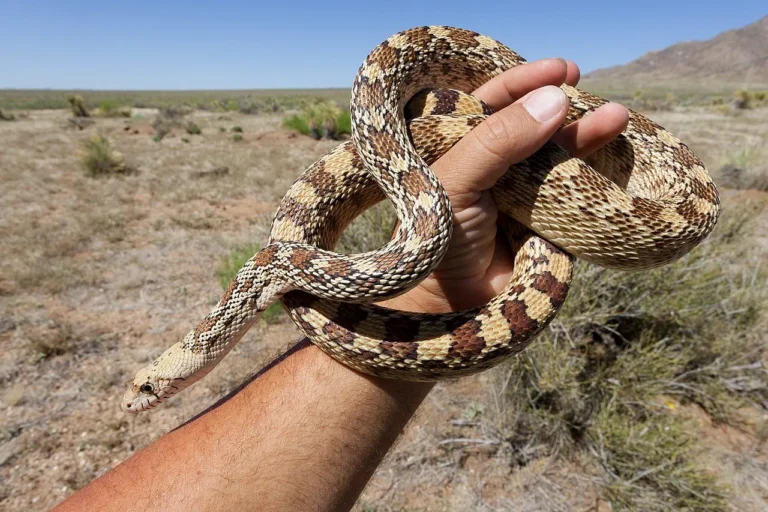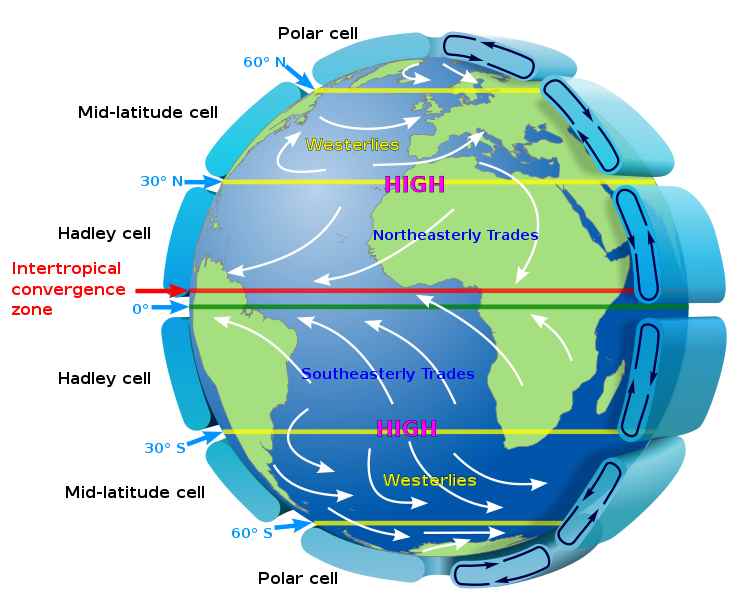Norwegian Forest Cat Vs Maine Coon Size, Weight, Overall Comparison
The comparison between the Norwegian Forest Cat and the Maine Coon reveals intriguing nuances within the feline world. Both known for their impressive size among domesticated breeds, these cats showcase distinct physical attributes and temperamental differences. In a hypothetical confrontation, the Maine Coon’s characteristics of greater weight, agility, and potential aggression could position it as the likely victor.
I. Distinctive Physical Features:
– The Maine Coon boasts a broader muzzle and generally more elongated body compared to the Norwegian Forest Cat, setting them apart in terms of their physical characteristics.
II. Irregular Fur Length:
– Another notable distinction lies in the Maine Coon’s fur, which exhibits irregular lengths, contributing to its unique appearance. In contrast, the Norwegian Forest Cat’s coat tends to have a more uniform length.
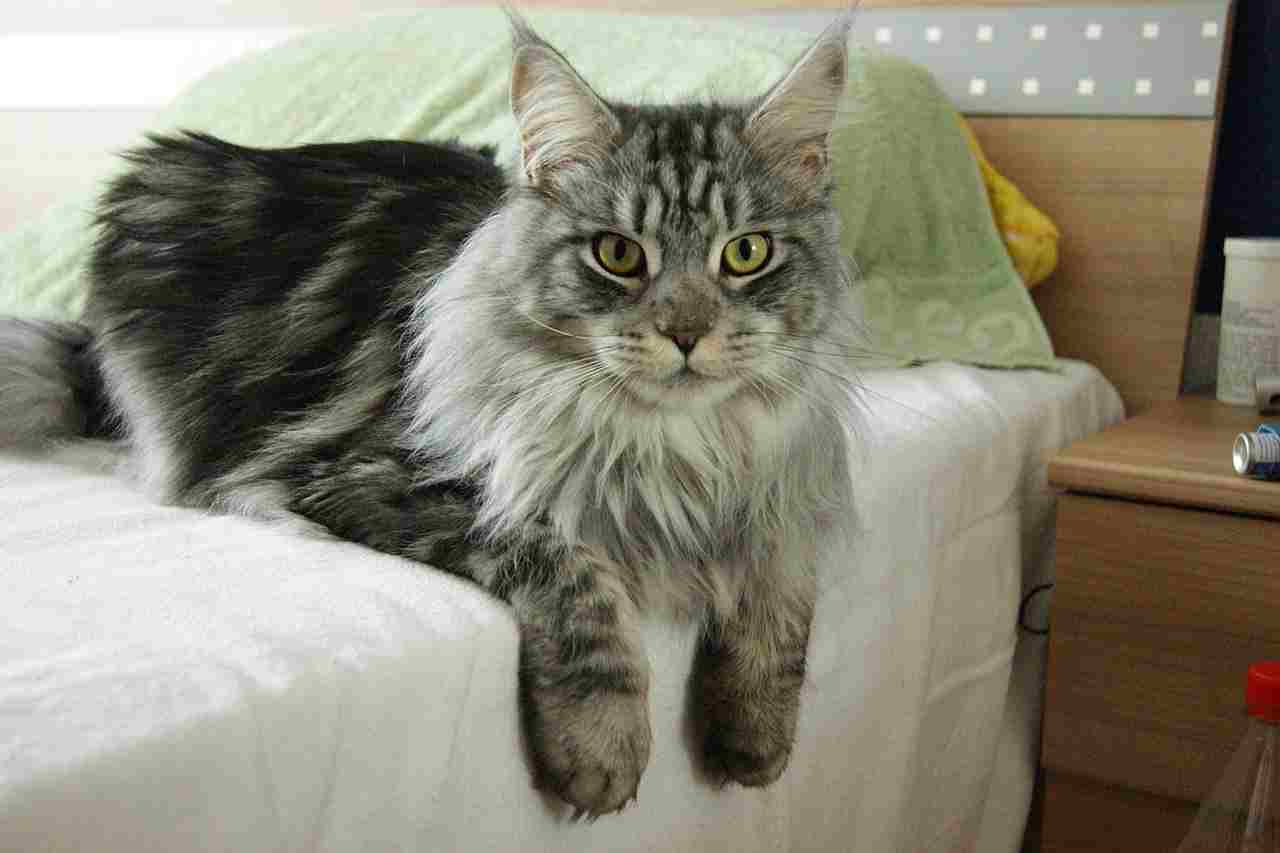
III. Activity and Playfulness:
– The Maine Coon is recognized for its active and playful nature, engaging in various activities and interactions. This contrasts with the Norwegian Forest Cat’s more laid-back demeanor.
IV. Laid Back and Independent Nature:
– The Norwegian Forest Cat tends to be more laid back and independent as a pet, often displaying a relaxed attitude and requiring less active engagement compared to the more energetic Maine Coon.
V. Size and Weight:
– Both breeds are considered large cats within the domesticated realm. However, the Maine Coon often surpasses the Norwegian Forest Cat in weight, contributing to its potential advantage in a physical confrontation.
VI. Agility and Potential Aggression:
– The Maine Coon’s agility and potential for aggression, coupled with its larger size, could give it the upper hand in a hypothetical fight between the two breeds.
VII. Recognizing Behavioral Differences:
– Understanding the temperamental disparities between the Maine Coon and Norwegian Forest Cat sheds light on the potential dynamics within their interactions and confrontations.
VIII. Coexistence Considerations:
– While both breeds can coexist harmoniously in a household, recognizing their differences in size, activity levels, and potential for aggression is crucial for fostering a balanced and stress-free environment.
IX. Appreciating Breed Diversity:
– The comparison between the Norwegian Forest Cat and the Maine Coon underscores the rich diversity within feline breeds, showcasing how distinct physical attributes and temperamental traits contribute to their unique roles as companions within domestic settings.
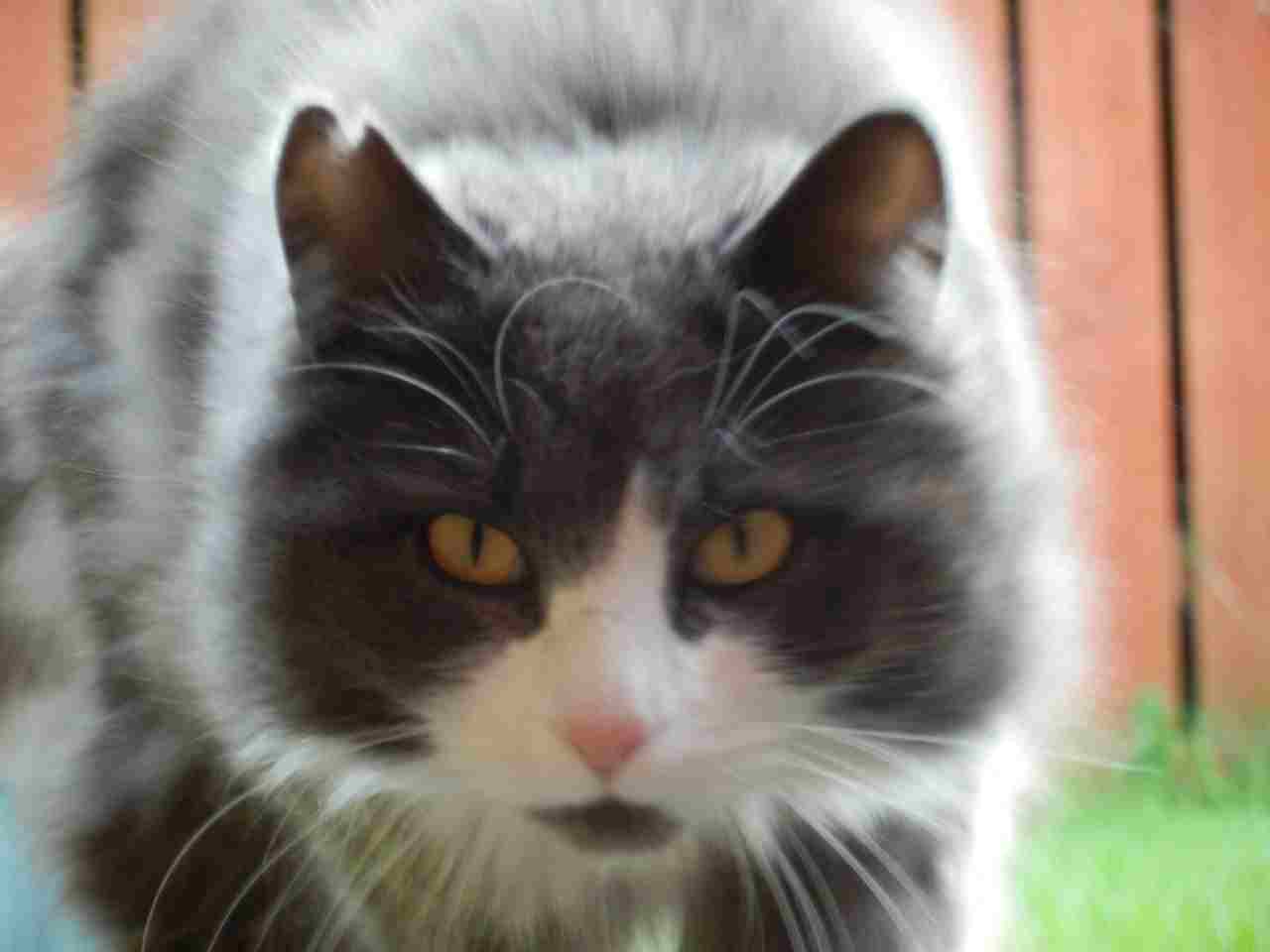
*Details of Comparison
| Criteria | Norwegian Forest Cat | Maine Coon |
| Taxonomy | Felidae, Felis, Catus |
Felidae, Felis, Catus
|
| Appearance | Semi-longhair, tufted ears, water-resistant |
Large, muscular, shaggy, water-resistant
|
| Size | Generally smaller | Typically larger |
| Weight | Slightly lighter |
Generally heavier
|
| Bite Force (PSI) | ~350 PSI | ~500 PSI |
| Physical Offensive Adv. | Sharp claws, agility |
Powerful claws, strong build
|
| Physical Defensive Adv. | Agility, size, fur for defense |
Agility, size, fur for defense
|
| Speed | Estimated 20-25 mph |
Estimated 20-25 mph
|
| Agility | Agile climbers with flexibility |
Agile climbers with flexibility
|
| Senses | Adapted for low light, keen hearing |
Adapted for low light, keen hearing
|
| Overall Phys. Capacity | Endurance, adaptability |
Endurance, adaptability
|
| Habitat Preference(s) | Coniferous forests |
Varied, including forests and urban areas
|
| Tracks | Identifiable tracks |
Identifiable tracks
|
| Lifespan | Average 12-16 years |
Average 12-15 years
|
| Mode of Feeding | Carnivorous, prey population control |
Carnivorous, prey population control
|
| Intelligence | Problem-solving, adaptability |
Problem-solving, adaptability
|
| Social Behavior | Social with territorial tendencies |
Social with territorial tendencies
|
| Mode of Reproduction | Sexual reproduction, average litter sizes |
Sexual reproduction, larger litter sizes
|
| Parental Behavior | Maternal care, teaching |
Maternal care, teaching
|
| Proximity to Human Areas | May adapt to human homes |
Well-adapted to human homes
|
| Behavior Toward Humans | Affectionate, social |
Affectionate, social
|
| Danger Posed to Humans | Low risk | Low risk |
| Precautions | Grooming, health checks |
Grooming, health checks
|
| Conservation Status | Not endangered, no conservation concerns |
Not endangered, no conservation concerns
|
1. Taxonomy:
Norwegian Forest Cat (Felis catus):
Family: Felidae
Genus: Felis
Species: Catus
Maine Coon (Felis catus):
Family: Felidae
Genus: Felis
Species: Catus
(Both Norwegian Forest Cat and Maine Coon belong to the same genus and species, Felis catus, reflecting their domestic cat status. The differences lie in their distinct breeds and characteristics.)
2. Appearance:
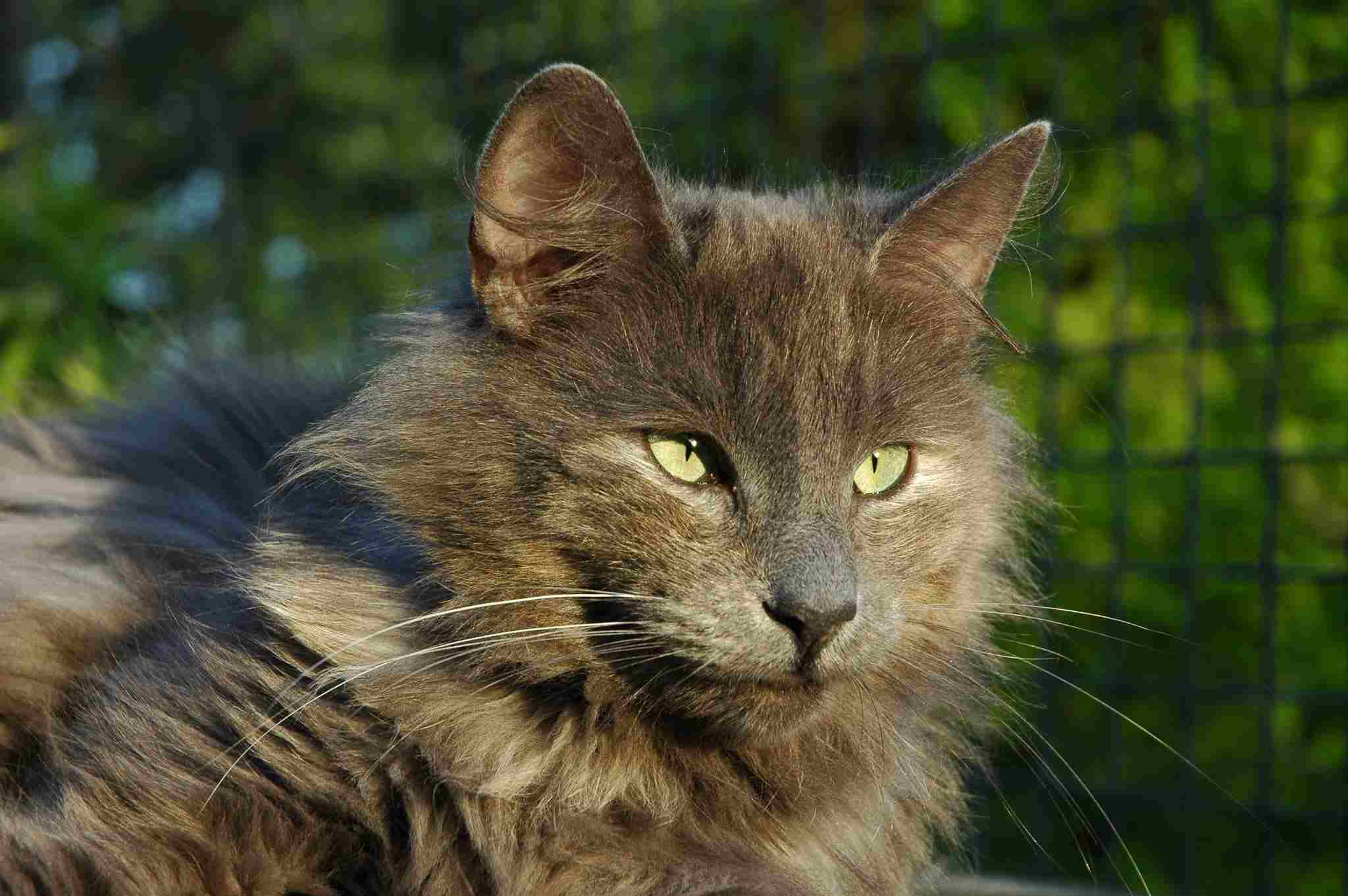
Norwegian Forest Cat:
Characteristics: Semi-longhair, tufted ears, bushy tail, robust build.
Coat: Thick, water-resistant, with a ruff around the neck.
Ecological Implications: Adapted for cold climates, providing insulation against harsh weather.
Maine Coon:
Characteristics: Large, muscular, tufted ears, long and bushy tail.
Coat: Shaggy, water-resistant, thicker on the chest and neck.
Ecological Implications: Likely evolved to withstand colder temperatures, as suggested by their fur characteristics.
3. Norwegian Forest Cat Vs Maine Coon Size:
Norwegian Forest Cat:
Average Size: 10-22 pounds.
Comparison: Generally slightly smaller than Maine Coon.
Ecological Implications: Size may contribute to agility in forested habitats.
Maine Coon:
Average Size: 13-18 pounds (females), 18-25 pounds (males).
Comparison: Typically larger than Norwegian Forest Cat.
Ecological Implications: Larger size may offer advantages in various ecological niches.
4. Weight:
Norwegian Forest Cat:
Average Weight: 10-22 pounds.
Comparison: Slightly lighter compared to Maine Coon.
Ecological Implications: Weight may impact climbing abilities and hunting strategies.
Maine Coon:
Average Weight: 13-18 pounds (females), 18-25 pounds (males).
Comparison: Generally heavier than Norwegian Forest Cat.
Ecological Implications: Weight could influence territorial behaviors and dominance.
5. Bite Force (PSI – Pounds per Square Inch):
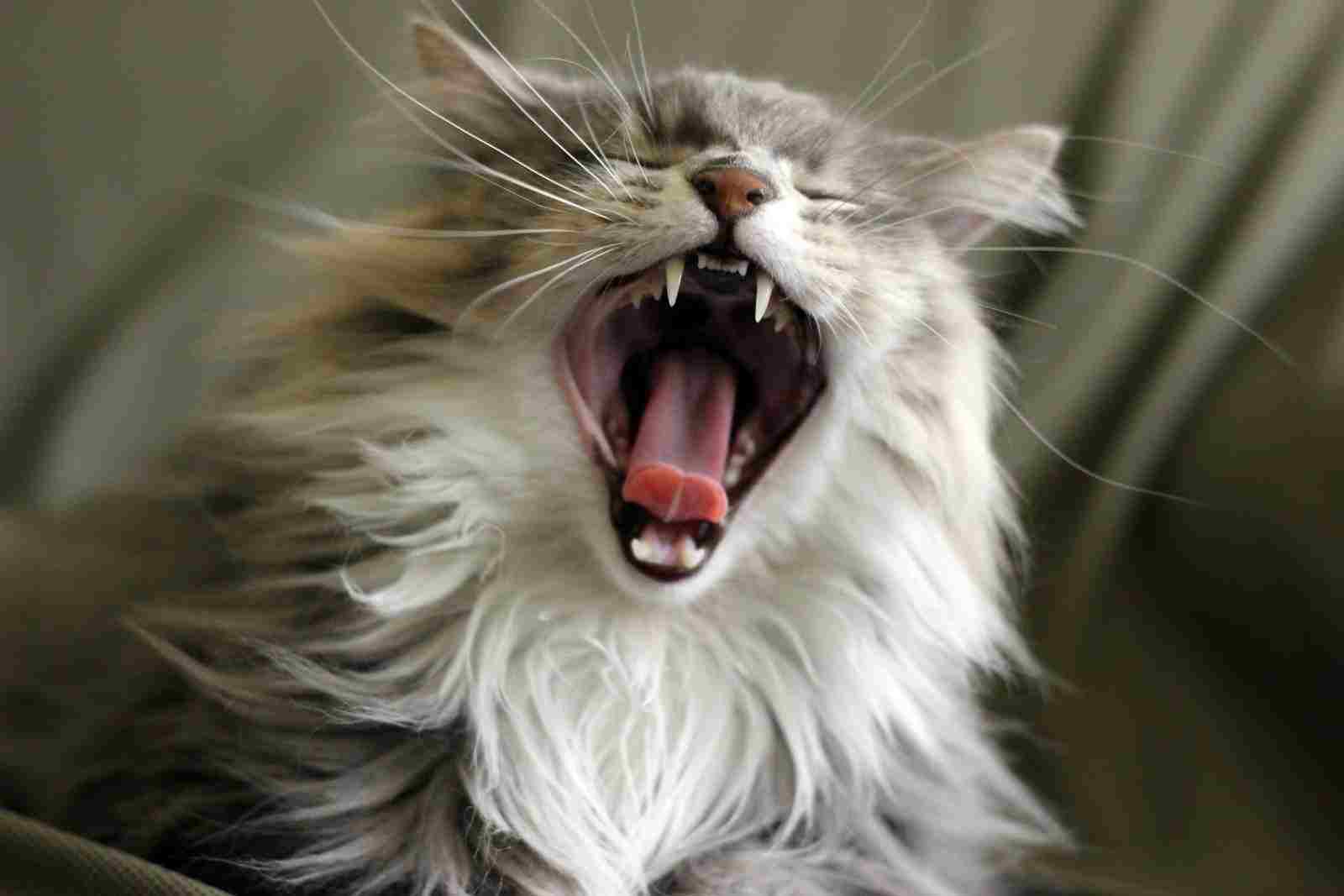
Norwegian Forest Cat:
Bite Force: Estimated to be around 350 PSI.
Comparison: Comparable to other domestic cats.
Ecological Implications: Adequate for hunting and self-defense in their natural environment.
Maine Coon:
Bite Force: Estimated to be around 500 PSI.
Comparison: Demonstrates a relatively strong bite force among domestic cats.
Ecological Implications: Potentially advantageous for capturing and subduing prey.
(Bite force values are approximations, as precise measurements may vary among individual cats.)
6. Physical Offensive Advantages:
Norwegian Forest Cat:
Claws: Sharp and retractable for climbing and hunting.
Adaptations: Agile and quick movements for effective offensive strategies.
Ecological Implications: Suited for ambushing prey in forested environments.
Maine Coon:
Claws: Powerful and sharp, aiding in climbing and capturing prey.
Adaptations: Strong and muscular build enhances offensive capabilities.
Ecological Implications: Well-equipped for hunting in diverse environments.
7. Physical Defensive Advantages:
Norwegian Forest Cat:
Agility: Swift movements for evading predators.
Thick Fur: Provides protection against environmental elements.
Ecological Implications: Defensive adaptations suitable for forest habitats.
Maine Coon:
Size: Larger size may act as a deterrent to potential threats.
Dense Fur: Offers protection from harsh weather conditions.
Ecological Implications: Defensive traits contribute to survival in various ecosystems.
8. Speed (Km/hour or Mile/hour):
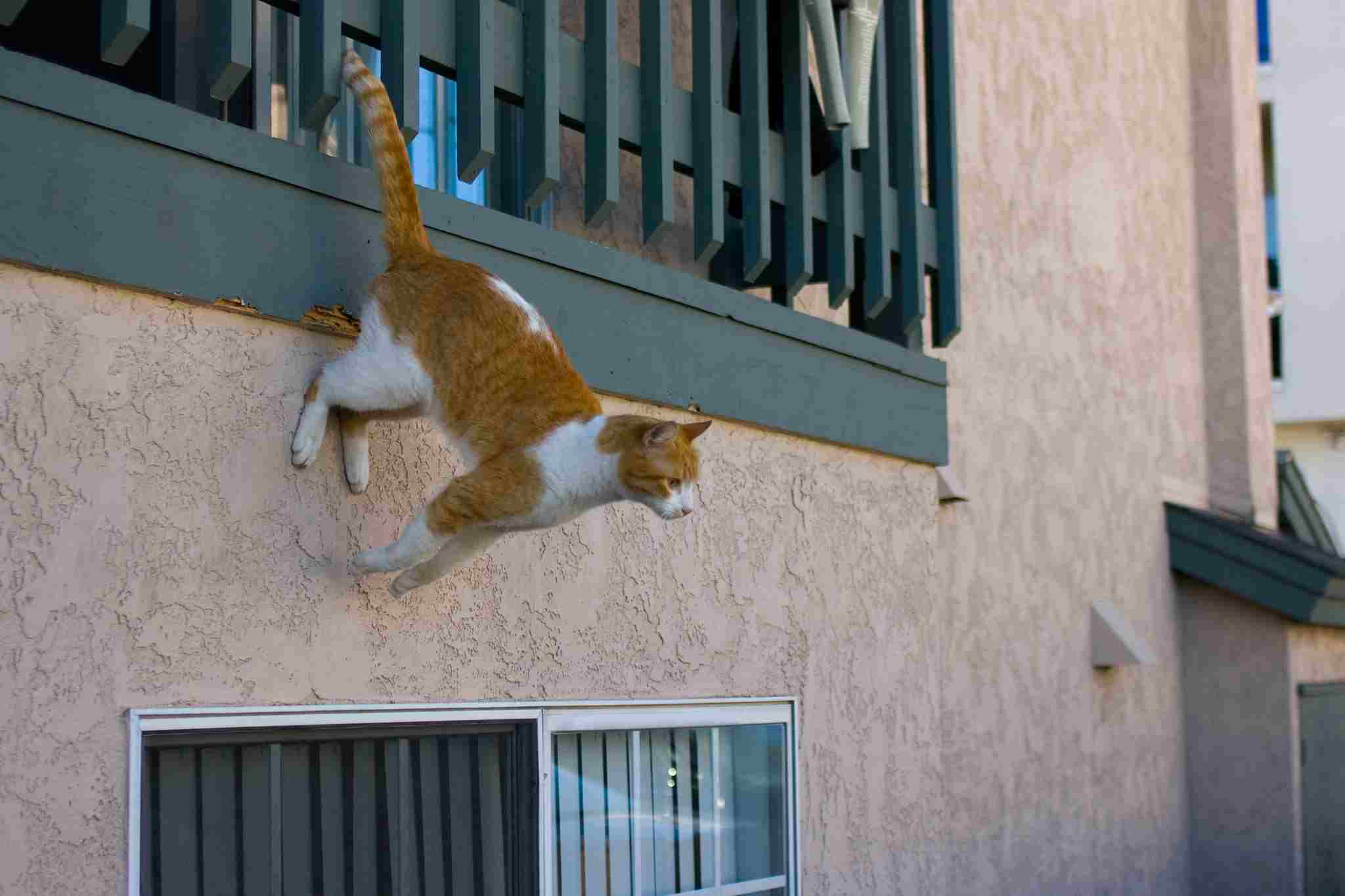
Norwegian Forest Cat:
Estimated Speed: 20-25 mph.
Comparison: Moderate speed, suitable for hunting in forested areas.
Ecological Implications: Adequate for navigating through wooded environments.
Maine Coon:
Estimated Speed: 20-25 mph.
Comparison: Similar speed to the Norwegian Forest Cat.
Ecological Implications: Well-adapted for agile movements in diverse habitats.
9. Agility:
Norwegian Forest Cat:
Agile Climbers: Excellent tree climbers with a flexible body.
Balance: Well-developed sense of balance for navigating treetops.
Ecological Implications: Adapted for traversing complex forest landscapes.
Maine Coon:
Agility: Skilled climbers with a graceful and agile demeanor.
Athleticism: Capable of agile movements in various terrains.
Ecological Implications: Versatile agility for hunting and exploring diverse environments.
10. Senses:
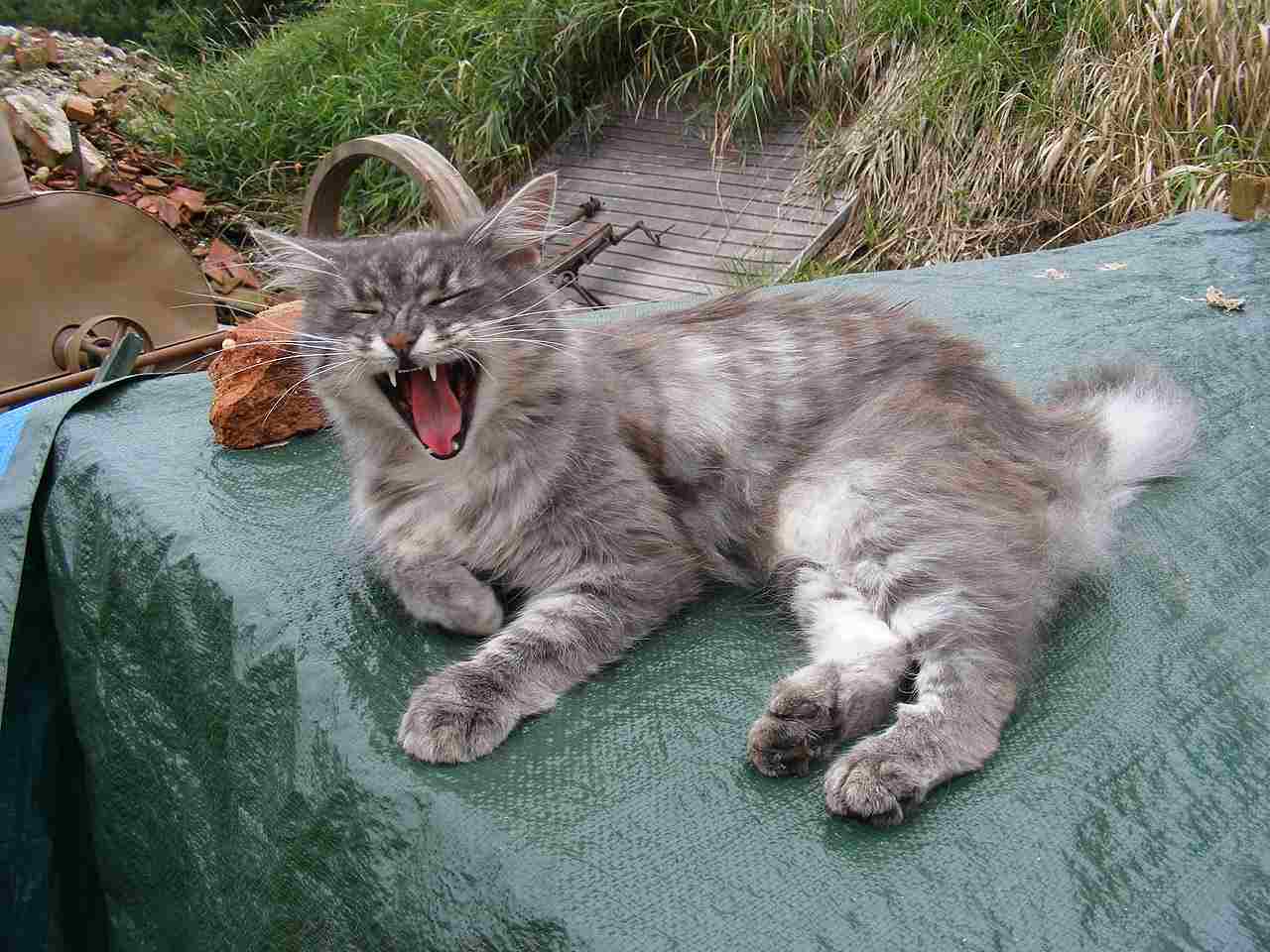
Norwegian Forest Cat:
Vision: Well-adapted for low light conditions, aiding in night hunting.
Hearing: Acute sense of hearing for detecting prey and potential threats.
Ecological Implications: Enhanced senses for survival in forested habitats.
Maine Coon:
Vision: Adapted to low light conditions, supporting hunting at dawn or dusk.
Hearing: Keen sense of hearing, crucial for detecting prey movements.
Ecological Implications: Sensory adaptations suitable for various hunting conditions.
11. Overall Physical Capacity:
Norwegian Forest Cat:
Endurance: Demonstrates good stamina for prolonged activities.
Adaptability: Well-suited for the demands of forested environments.
Ecological Implications: Physical traits enhance overall survival in challenging habitats.
Maine Coon:
Strength: Muscular build contributes to overall physical resilience.
Adaptability: Thrives in diverse ecological settings due to physical robustness.
Ecological Implications: Well-equipped for thriving in different ecosystems.
12. Habitat Preference(s):
Norwegian Forest Cat:
Natural Habitat: Coniferous forests and wooded areas.
Ecological Niche: Prefers environments with ample climbing opportunities.
Ecological Implications: Specialized for life in forested regions.
Maine Coon:
Natural Habitat: Varied, including forests, farms, and urban areas.
Ecological Niche: Adaptable to different habitats, showcasing versatility.
Ecological Implications: Demonstrates flexibility in habitat preferences.
13. Tracks:
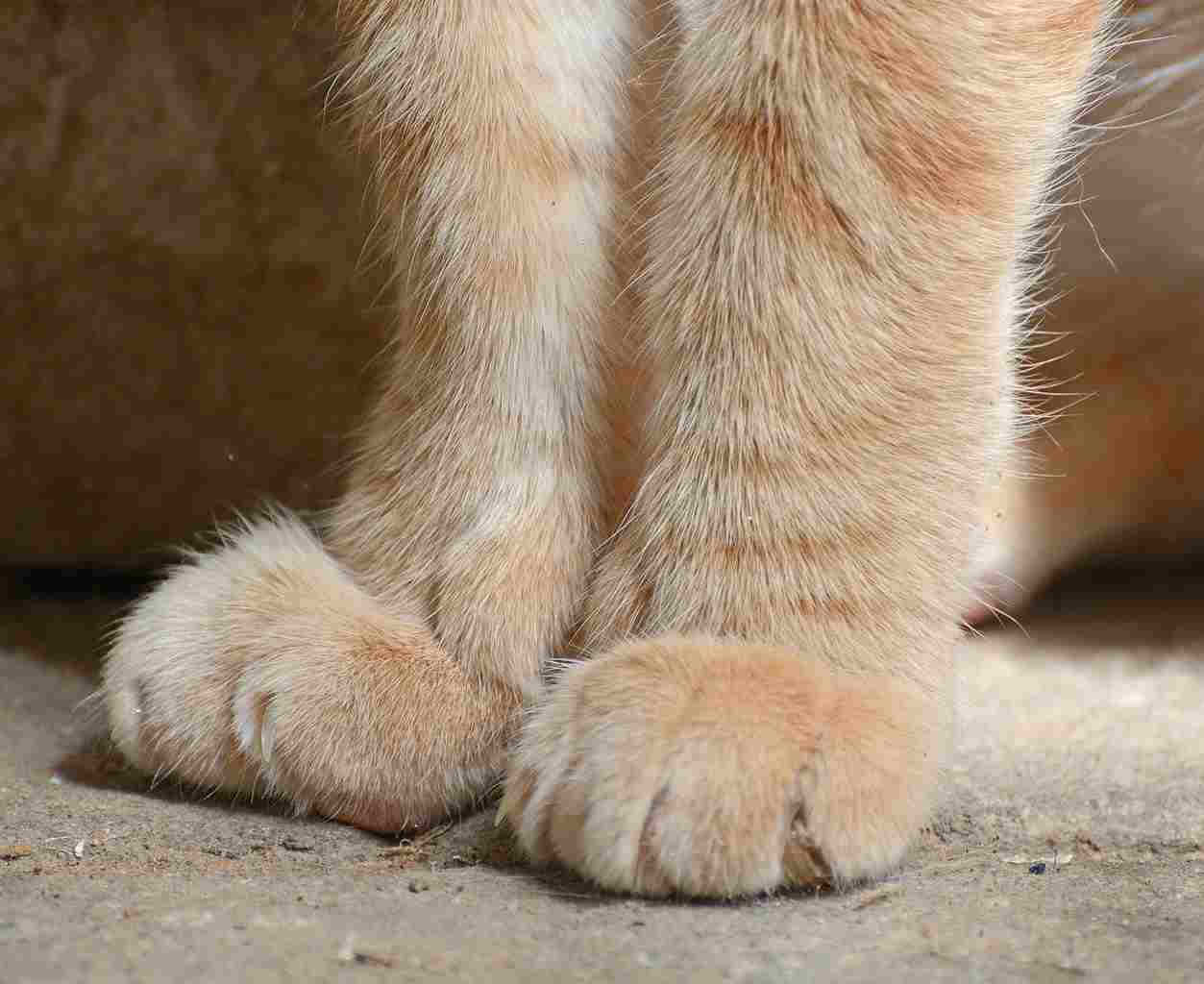
Norwegian Forest Cat:
Paw Prints: Compact and typically show claw marks.
Size: Moderate-sized tracks reflecting the cat’s body size.
Ecological Implications: Tracks aid in identifying presence in forested terrain.
Maine Coon:
Paw Prints: Similar to other domestic cat prints, with clear pads and claw marks.
Size: Larger prints compared to smaller domestic cats.
Ecological Implications: Track characteristics contribute to identification in diverse environments.
14. Lifespan:
Norwegian Forest Cat:
Average Lifespan: 12-16 years.
Comparison: Similar to other domestic cat breeds.
Ecological Implications: Sufficient lifespan for adapting to and thriving in varied environments.
Maine Coon:
Average Lifespan: 12-15 years.
Comparison: Comparable to other domestic cat breeds.
Ecological Implications: Adequate lifespan for adapting to diverse ecological conditions.
15. Mode of Feeding:
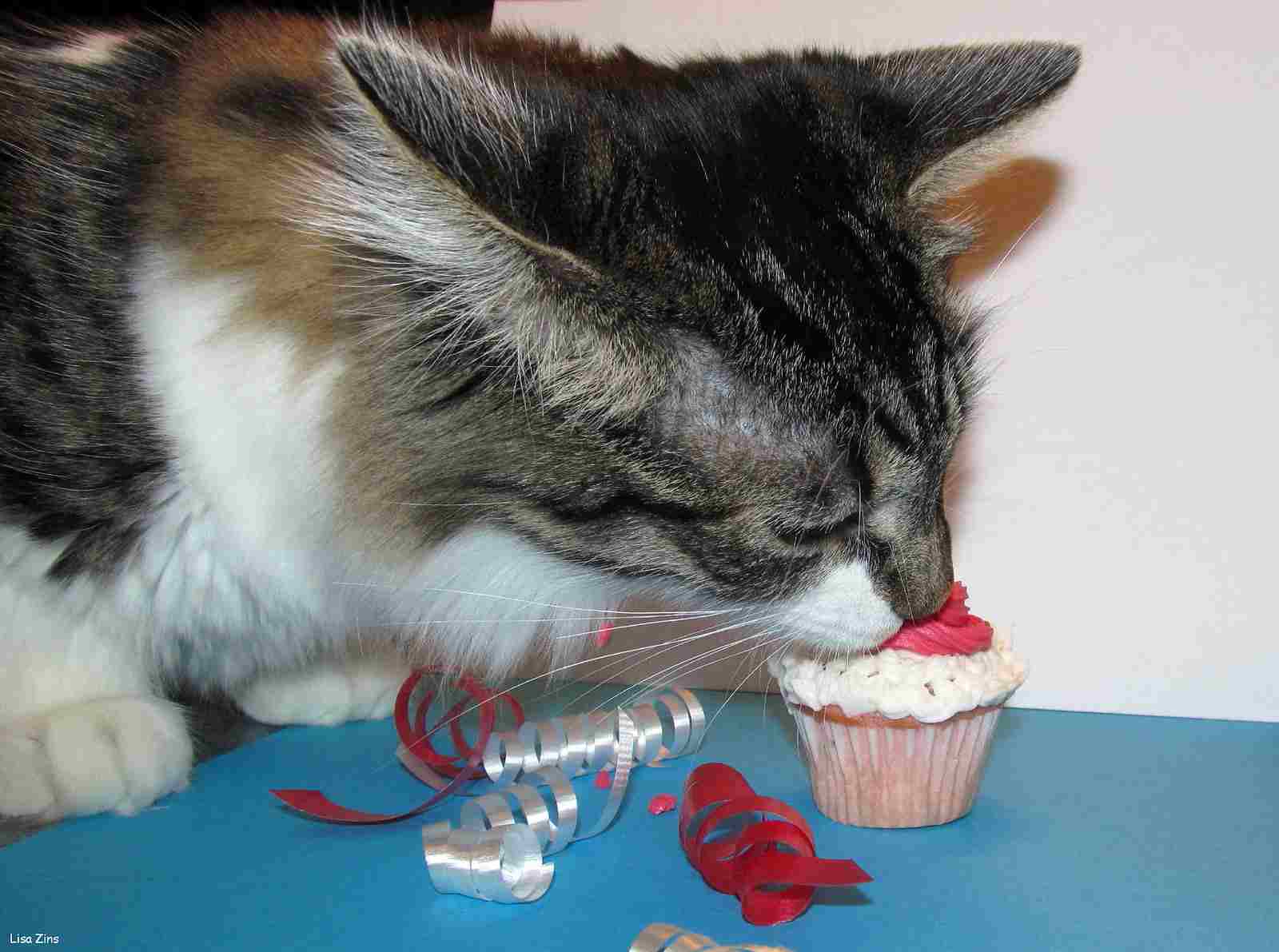
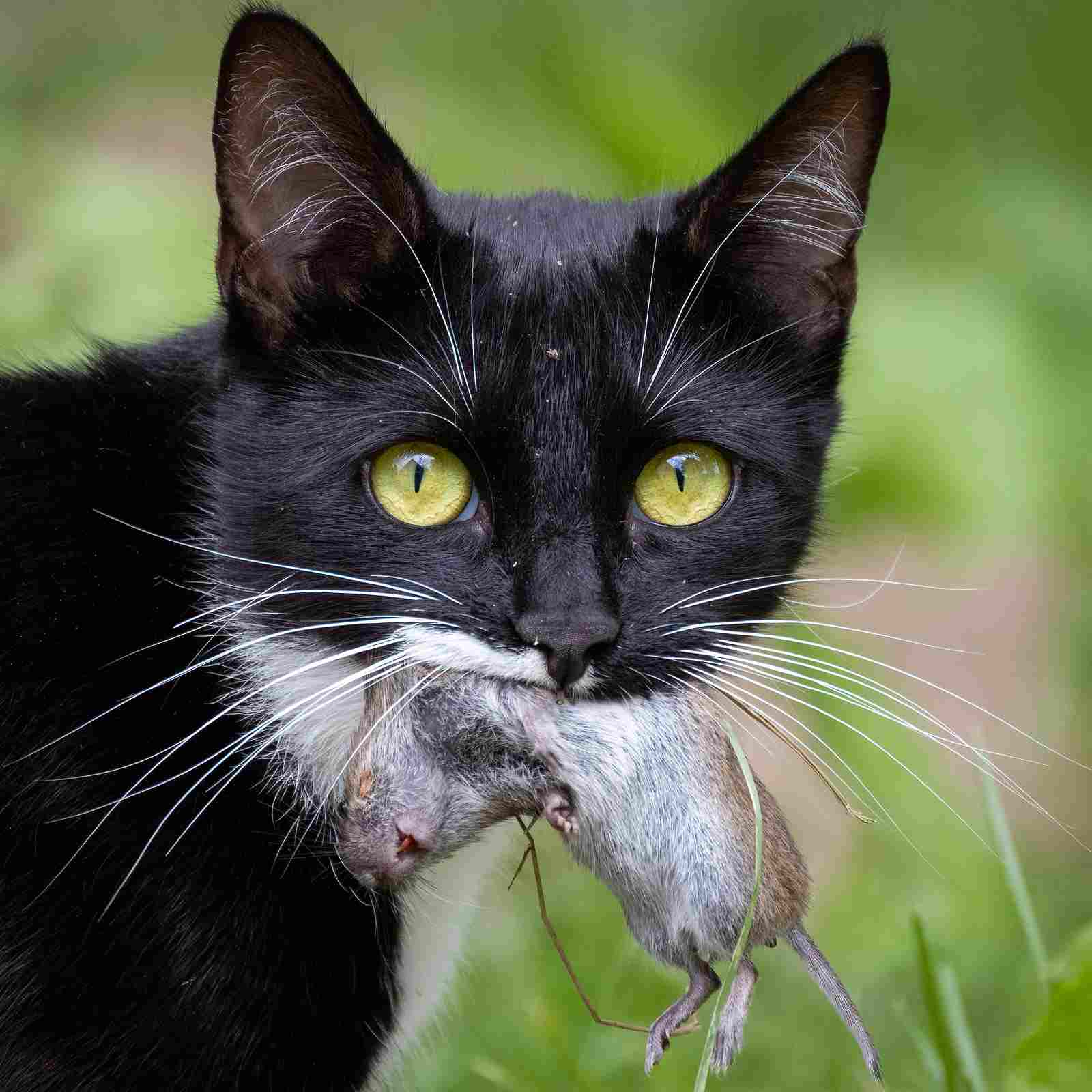
Norwegian Forest Cat:
Diet: Carnivorous, primarily hunting small mammals.
Ecological Role: Plays a role in controlling rodent populations in forested areas.
Ecological Implications: Contributes to the balance of local ecosystems.
Maine Coon:
Diet: Carnivorous, with a preference for hunting small animals. Both breeds may also consume non-carnivorous food as pets.
Ecological Role: Participates in controlling local prey populations.
Ecological Implications: Maintains ecological balance through predatory behavior.
16. Intelligence:
Norwegian Forest Cat:
Problem Solving: Shows moderate problem-solving skills.
Adaptability: Adapts to changes in the environment.
Ecological Implications: Intelligence aids in navigating and thriving in dynamic forest ecosystems.
Maine Coon:
Problem Solving: Demonstrates good problem-solving abilities.
Adaptability: Adapts well to various environments.
Ecological Implications: Intelligent behavior contributes to survival in different ecological settings.
17. Norwegian Forest Cat Vs Maine Coon Temperament and Social Behavior:
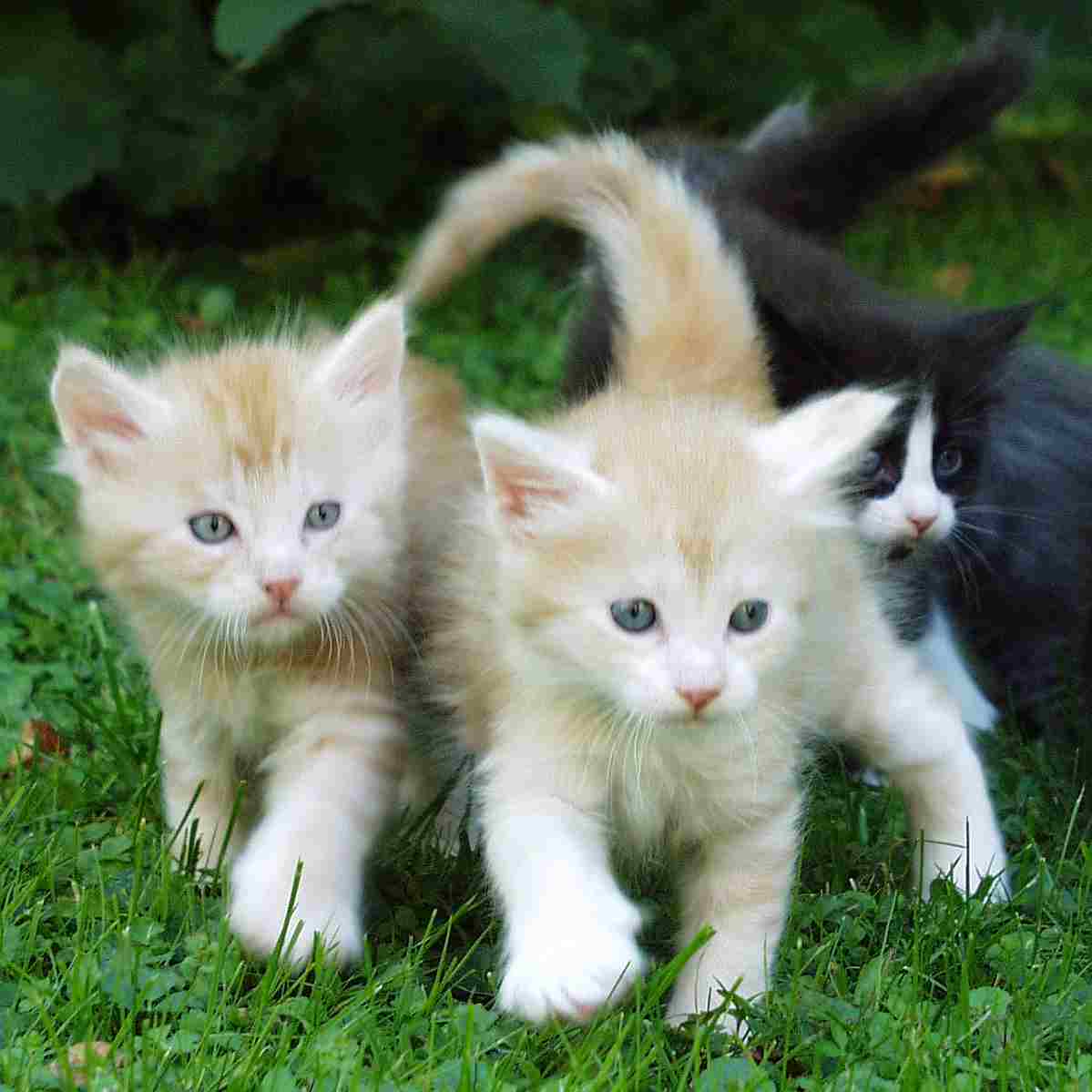
Norwegian Forest Cat:
Sociability: Generally social and enjoys human interaction.
Territorial: May establish territories in forested habitats.
Ecological Implications: Social behavior aids in cooperative hunting and territorial defense.
Maine Coon:
Sociability: Social and often forms strong bonds with humans.
Territorial: Establishes territories but can coexist in diverse environments.
Ecological Implications: Social nature contributes to cooperative behaviors in ecological niches.
18. Mode of Reproduction:
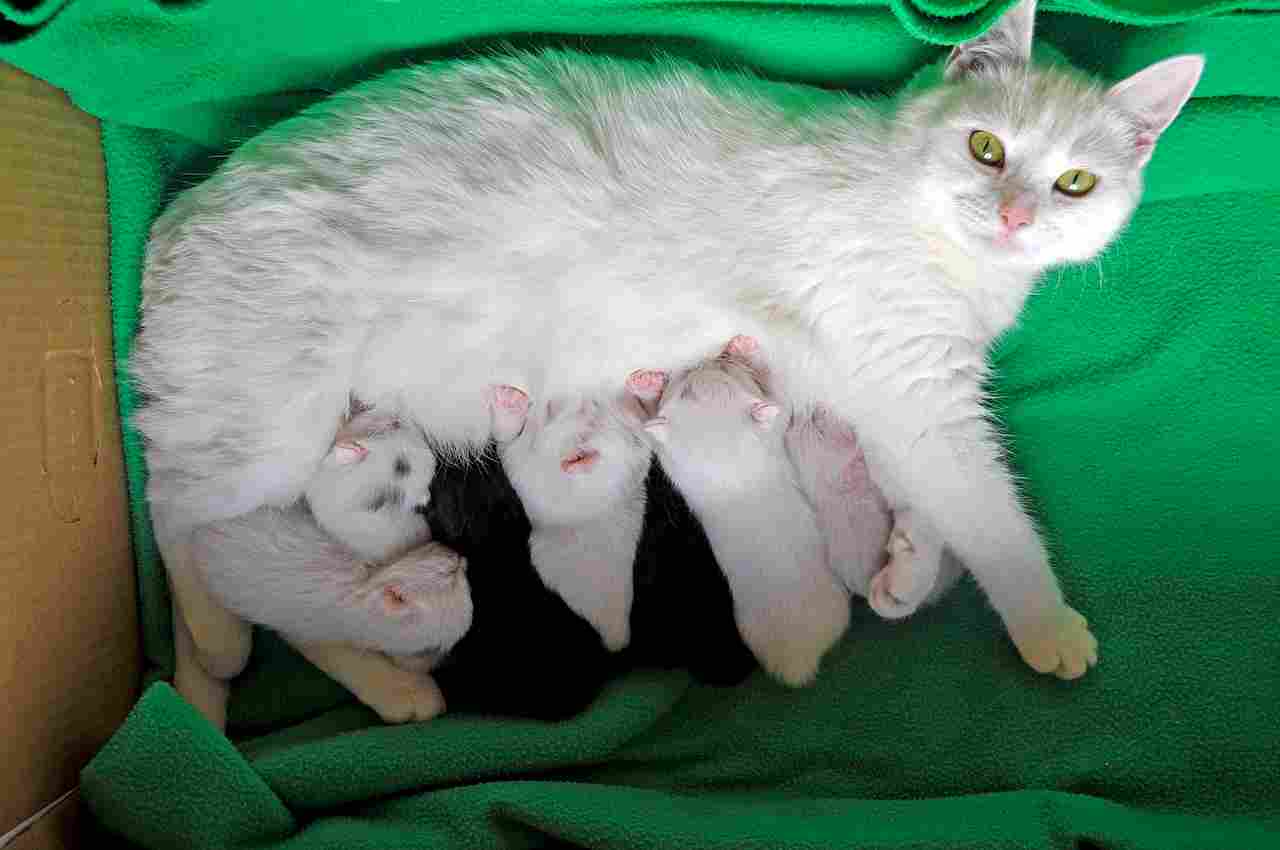
Norwegian Forest Cat:
Reproduction: Typically sexually reproduces, with mating behaviors.
Litter Size: Average litter size ranges from 4 to 6 kittens.
Ecological Implications: Reproduction supports the continuity of the species in forested habitats.
Maine Coon:
Reproduction: Sexual reproduction involving mating rituals.
Litter Size: Typically has larger litters, ranging from 4 to 8 kittens.
Ecological Implications: Reproductive strategy contributes to population dynamics in diverse environments.
19. Parental Behavior:
Norwegian Forest Cat:
Maternal Care: Exhibits maternal instincts, providing care and protection.
Teaching: Guides kittens in essential hunting and survival skills.
Ecological Implications: Parental behavior enhances kitten survival in forested surroundings.
Maine Coon:
Maternal Care: Displays strong maternal instincts, nurturing offspring.
Teaching: Educates kittens in essential life skills and hunting techniques.
Ecological Implications: Parental care contributes to the development of adaptable individuals in various environments.
20. Proximity to Human-Inhabited Areas:
Norwegian Forest Cat:
Tendency: May adapt well to human homes but retains some independent traits.
Interaction: Social with humans, fostering bonds in domestic settings.
Ecological Implications: Ability to coexist with humans may impact survival strategies.
Maine Coon:
Tendency: Well-adapted to human homes, often sought as a domestic pet.
Interaction: Social and affectionate with humans.
Ecological Implications: Strong association with humans may influence ecological interactions.
21. Behavior Toward Humans:
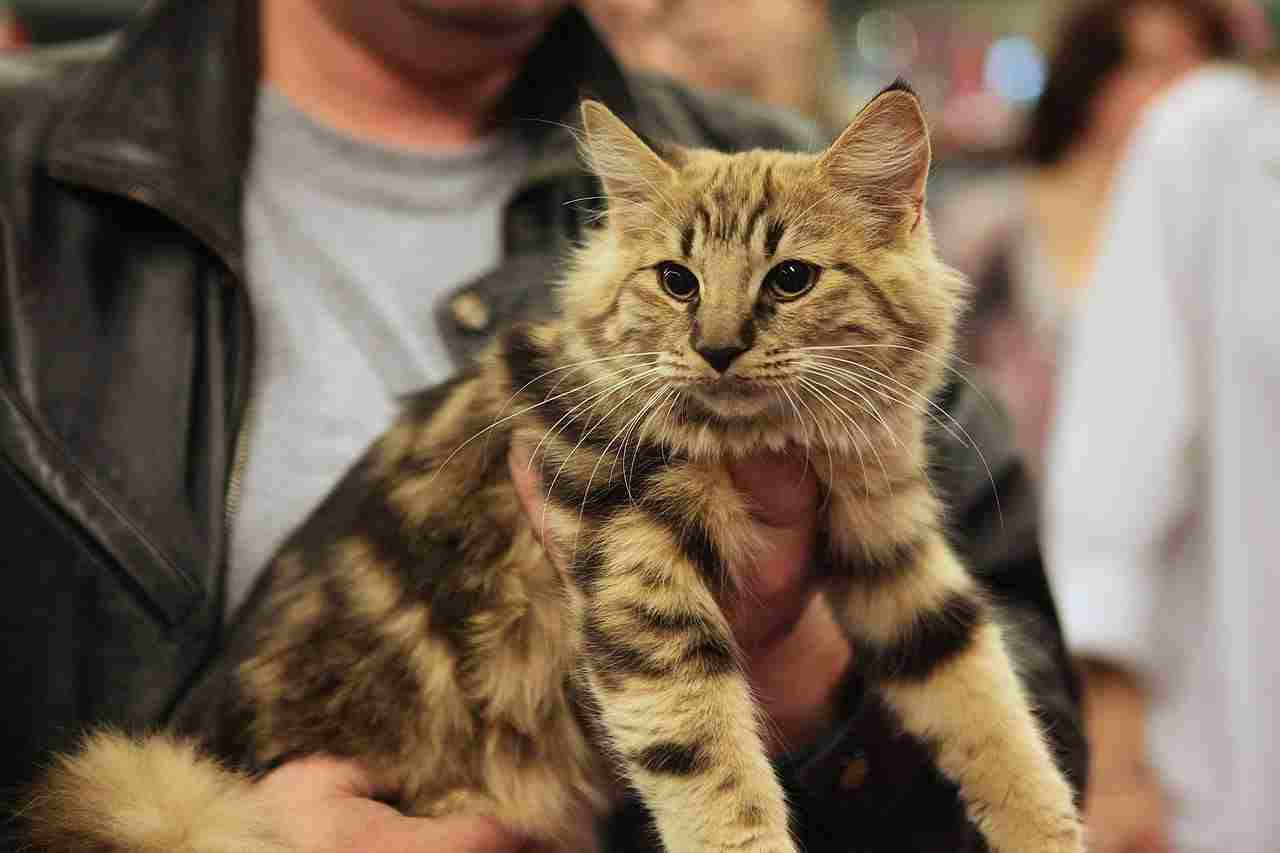
Norwegian Forest Cat:
Affection: Generally affectionate, forming close bonds with human companions.
Independence: Retains some independent behaviors despite social nature.
Ecological Implications: Ability to bond with humans may impact survival strategies in human-altered landscapes.
Maine Coon:
Affection: Known for being affectionate and forming strong bonds with humans.
Sociability: Enjoys human company, showcasing social behaviors.
Ecological Implications: Strong association with humans may influence ecological interactions and survival strategies.
22. Danger Posed to Humans:
Norwegian Forest Cat:
Low Risk: Generally poses minimal danger to humans.
Behavior: Affectionate and unlikely to display aggressive tendencies.
Precautions: Standard pet safety measures apply.
Maine Coon:
Low Risk: Typically poses minimal danger to humans.
Behavior: Known for being gentle and sociable.
Precautions: Standard pet safety measures are sufficient.
23. Associated Precautions:
Norwegian Forest Cat:
Grooming: Regular grooming for their thick coat.
Enrichment: Provide climbing structures for their agility.
Health Checks: Routine veterinary check-ups for overall well-being.
Maine Coon:
Grooming: Regular grooming, especially for their long fur.
Enrichment: Engage in play and provide mental stimulation.
Health Checks: Regular veterinary examinations for optimal health.
24. Conservation Status:
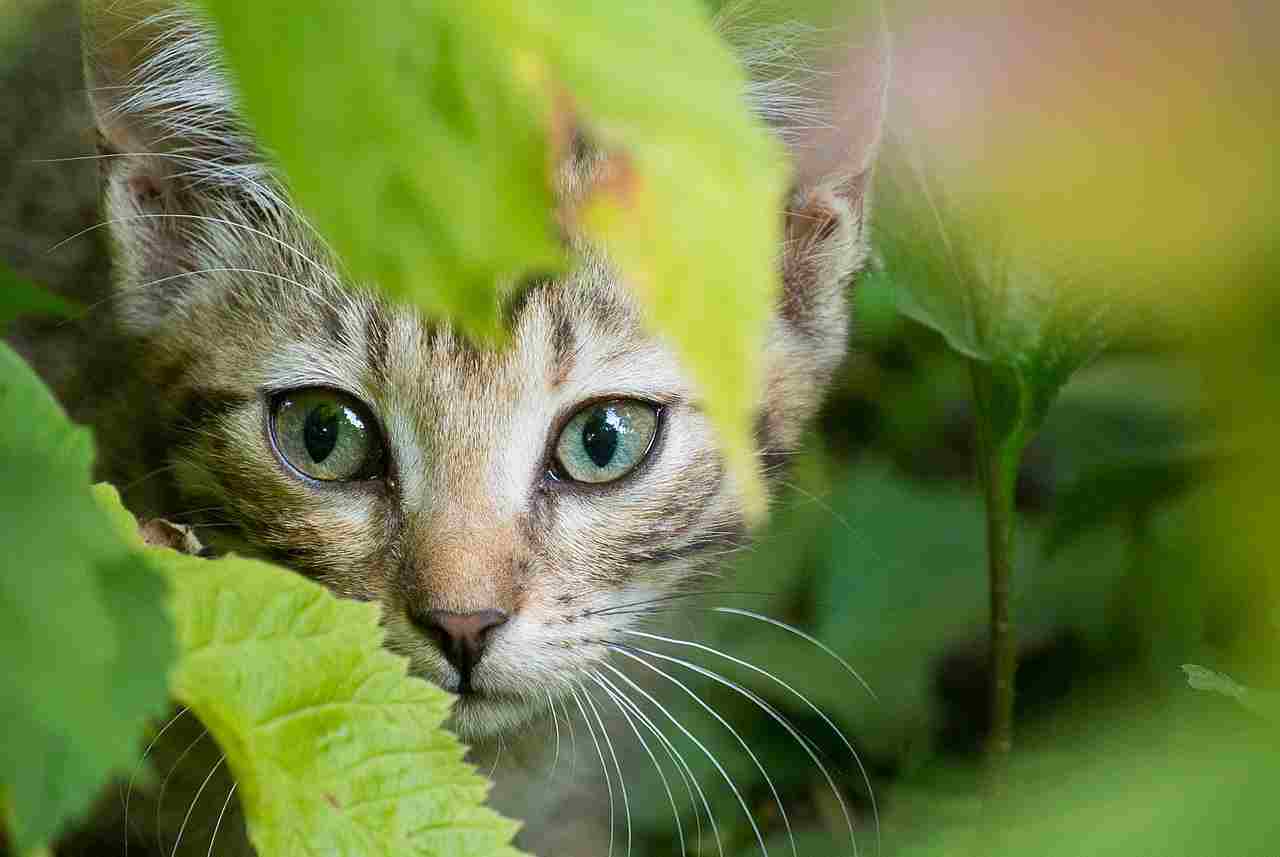
Norwegian Forest Cat:
Conservation Status: Generally not endangered.
Population: Stable in domestic settings.
Conservation Implications: Domestic breed with no significant conservation concerns.
Maine Coon:
Conservation Status: Not endangered.
Population: Commonly bred and kept as pets.
Conservation Implications: No specific conservation concerns due to its domestic status.
Summary of Comparison
Taxonomy:
Both belong to Felidae family, Felis genus, and Catus species.
Appearance:
Norwegian Forest Cat: Semi-longhair, tufted ears, water-resistant coat.
Maine Coon: Large, muscular, shaggy, water-resistant coat.
Size:
Norwegian Forest Cat: Generally slightly smaller.
Maine Coon: Typically larger.
Weight:
Norwegian Forest Cat: Slightly lighter.
Maine Coon: Generally heavier.
Bite Force (PSI):
Norwegian Forest Cat: ~350 PSI.
Maine Coon: ~500 PSI.
Physical Offensive Advantages:
Norwegian Forest Cat: Sharp claws, agility.
Maine Coon: Powerful claws, strong build.
Physical Defensive Advantages:
Both exhibit agility, size, and fur for defense.
Speed:
Estimated 20-25 mph for both.
Agility:
Both are agile climbers with flexibility.
Senses:
Both adapted for low light, keen hearing.
Overall Physical Capacity:
Both show endurance and adaptability.
Habitat Preference(s):
Norwegian Forest Cat: Coniferous forests.
Maine Coon: Varied, including forests and urban areas.
Tracks:
Both leave tracks with characteristics aiding identification.
Lifespan:
Similar average lifespan of 12-16 years.
Mode of Feeding:
Both are carnivorous, contributing to prey population control.
Intelligence:
Both show problem-solving abilities and adaptability.
Social Behavior:
Both are social, with territorial tendencies.
Mode of Reproduction:
Similar sexual reproduction with average litter sizes.
Parental Behavior:
Both exhibit maternal care and teaching.
Proximity to Human-Inhabited Areas:
Both may adapt to human homes.
Behavior Toward Humans:
Both are affectionate and social with humans.
Danger Posed to Humans:
Low risk for both breeds.
Associated Precautions:
Similar grooming and health check precautions.
Conservation Status:
Both not endangered, no significant conservation concerns.
Conclusion:
Similarities:
Both are domestic cat breeds (Felis catus).
Exhibit carnivorous diets and contribute to controlling local prey populations.
Share a similar average lifespan, reproductive strategies, and low risk to humans.
Differences:
Divergent appearances, with the Norwegian Forest Cat having a more robust build and distinctive coat features.
Variances in size, weight, and bite force, with the Maine Coon generally being larger and potentially having a stronger bite.
Differences in habitat preferences, with the Norwegian Forest Cat showing a preference for coniferous forests, while the Maine Coon is adaptable to various environments.
Variation in social behaviors, as the Maine Coon is often sought as a domestic pet with a strong affinity for humans.
